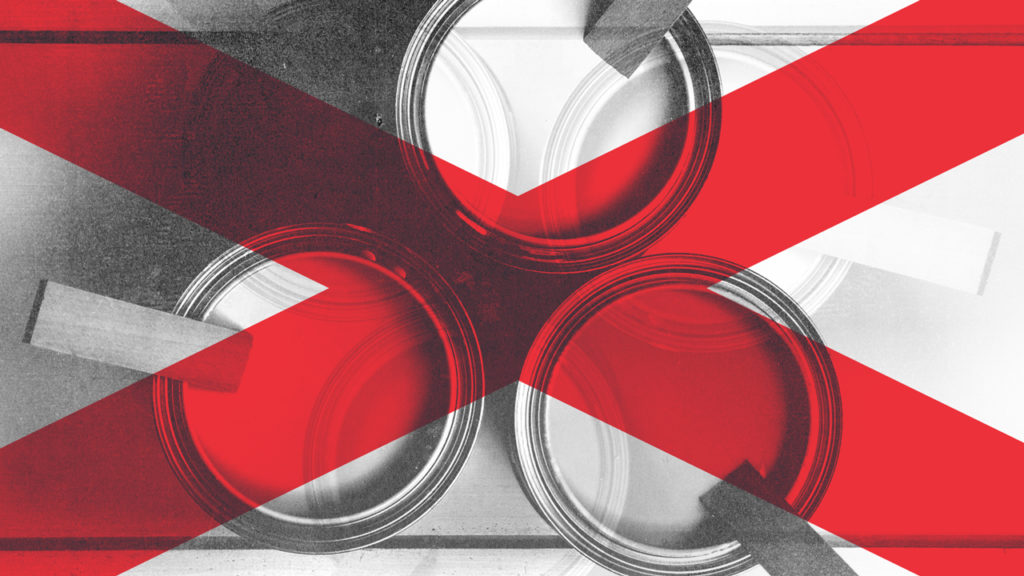In the age of COVID, there are few worse missteps a brand can make than brushing off the potential to reach millions of young, engaged users on one of today’s most lucrative and fastest-growing apps, TikTok. Yet Sherwin-Williams did just that.
The company recently fired a senior sales associate, Tony Piloseno of the wildly popular TikTok account @tonesterpaints, where he shares oddly satisfying paint-mixing hacks with his 1.4 million followers. According to BuzzFeed News, Piloseno used his content performance as part of a digital marketing pitch to the company, which it shunned before terminating him for gross misconduct.
Piloseno emailed a contact from the company’s marketing department with a deck sharing how TikTok could help drive brand awareness. Two months and multiple follow-ups later, the contact told Piloseno that there “wasn’t a need to see the presentation” given they weren’t running any promotions at the time.
Upon discovering that Piloseno created some of his TikTok videos during working hours and with company equipment, in late July Sherwin-Williams fired him for offenses, including “wasting properties [and] facilities,” and “seriously embarrass[ing] the Company or its products.”
The brand told BuzzFeed, however, that the decision to fire Piloseno was due to a customer complaint about his TikToks.
Sherwin-Williams’ decision to ignore Piloseno’s TikTok pitch marks a huge missed opportunity. Sure, one might argue that Sherwin-Williams is doing fine without TikTok’s user base, which App Annie expects will exceed 1 billion next year. After all, lockdown-driven habits led Sherwin-Williams to post revenues of $5.12 billion for the quarter ended September, surpassing consensus revenue estimates three times over the last four quarters. But even brands reaping windfall from COVID-19 have a lot to gain by tapping into the success of viral challenges on TikTok and leveraging employees as brand ambassadors, which Sherwin-Williams clearly had in Piloseno.
GameStop, Wendy’s, Sephora and Dunkin’ Donuts have utilized the emerging trend, encouraging employees to post positive messages about their jobs and offering incentives in exchange for content support on their personal platforms. Though not new, this tactic can be effective for building relationships with consumers and promoting brand values beyond the company’s own marketing channels.
In addition to the concept of employees as influencers, TikTok enables brands to create an authentic dialogue with consumers and establish relatability —something shoppers are increasingly craving from brands. A study conducted by Microsoft Advertising found that 72 percent of people are likely to support brands that are genuine in their advertising.
Take American Eagle Outfitters, for instance. Its summer TikTok campaign, #AerieRealPositivity, featuring TikTok star Charli D’Amelio generated over 2 billion impressions, contributing to a 100 percent surge in sales for Aerie and 50 percent increase for American Eagle. Then there’s Chipotle, whose #Boorito campaign starring popular TikTok creators like Zach King and Kombucha Girl generated 3.9 billion views. Lest we forget E.l.f. Cosmetics’ #ElfVanishingAct challenge, which received over 5 billion views and 3 billion user-generated videos featuring the campaign’s song, an original jingle created by E.l.f.
With plans to erect a permanent office in Los Angeles, the expansion of social commerce with Shopify and the formation of a $1 billion creator fund, it’s clear that TikTok is here to stay. Brands that have a young target audience and want to remain digitally agile in the face of uncertainty will fully embrace it.

